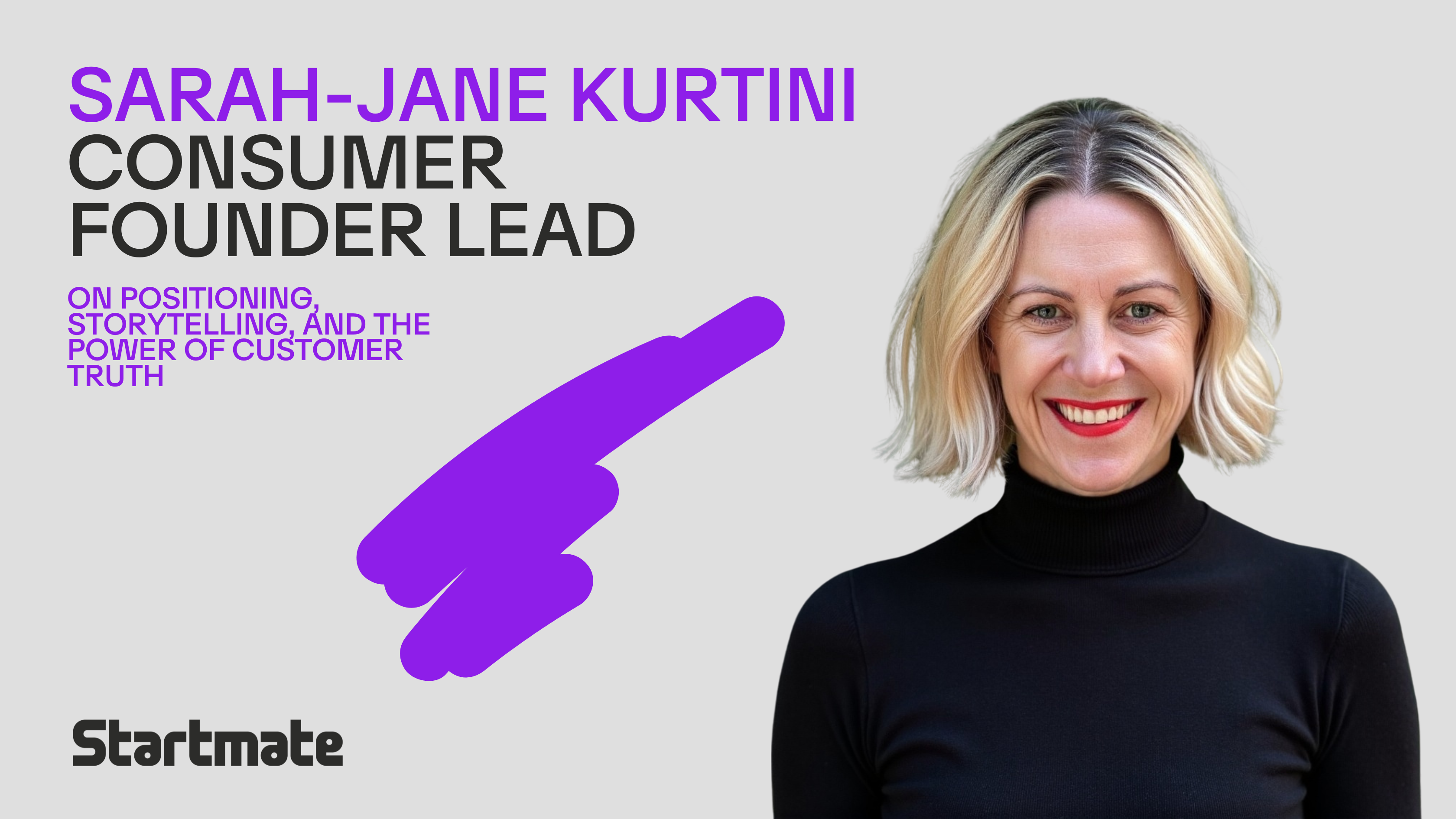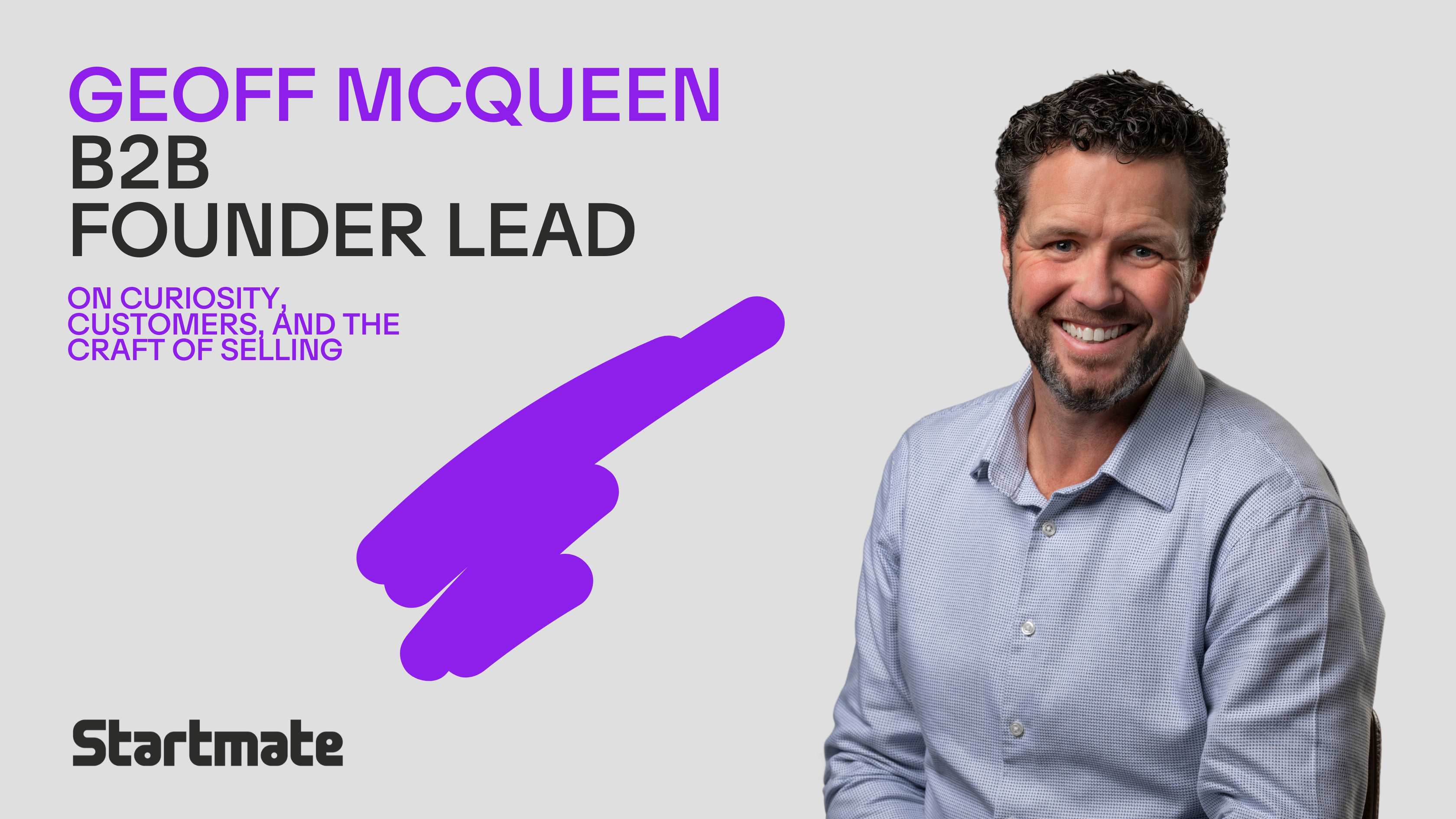When Glenn Bartlett starts talking about biodiversity loss, it’s not as a statistic, it’s as a personal reckoning.
“We’ve lost 73% of biodiversity globally since 1970,” he says.
“That’s 73% of the birds, the bees, the trees, the fish, gone. In just 55 years.
“It’s unsustainable.”
That number has been haunting Glenn for most of his professional life. For more than fifteen years, he’s worked across sustainability, impact investing and social enterprise, trying to solve the same question from every possible angle: how do you help people buy a better world?
Because, as he puts it, “Everything we rely on, our businesses, our economy, society itself, all depend on nature. Not the other way around.”
The spark
That philosophy became the spark for GreenPay, a payments platform built on a deceptively simple idea: what if every transaction, every coffee, every invoice, every energy bill, every online checkout, could help protect nature?
In practical terms, GreenPay is a full-stack payment processor for businesses of all sizes; startups, not-for-profits, and large enterprises alike. It offers the functionality of Stripe or the big banks, typically at the same or better price. But beneath the hood, the business model flips the script on how payments work.
GreenPay gives 50% of its profits to conservation and biodiversity projects through the GreenPay Foundation, a registered charity with Deductible Gift Recipient (DGR) status. The foundation’s mission is to protect and restore Australian nature, from rainforests and reefs to rare orchids and sea turtles.
“It’s like Who Gives a Crap for payments,” Glenn explains.
“They turned a basic product, toilet paper, into a global force for good. We’re doing the same thing for payments.”
It’s a model that proves sustainability doesn’t have to mean sacrifice. Businesses don’t pay more to do good; they simply switch to the provider that’s using their profits to regenerate the planet.
Four commitments to nature
Even as an early-stage, bootstrapped startup, GreenPay has already made four donations and commitments, each one representing a distinct, tangible environmental impact.
The first went to Bush Heritage Australia, supporting them in their work such as their recent purchase and restoration of Nil Desperandum, a 4,037-hectare reserve in Queensland’s Murray–Darling Basin. Its Latin name means “nothing to be despaired of”, a fitting reflection of GreenPay’s ethos.
Next came a donation to the Conservation Ecology Centre in Cape Otway, funding research like that into the Leafy Greenhood Orchid, a vulnerable native plant now clinging to survival due to habitat loss and low genetic diversity. Fittingly, the orchid’s shape mirrors GreenPay’s logo.
In North Queensland, GreenPay’s support helped the Gudjuda Rangers, Traditional Owners who have been rescuing and monitoring marine turtles for over twenty years, combining cultural knowledge and scientific research to protect these species from the fibropapilloma virus.
And most recently, GreenPay has partnered with HalfCut and Jabalbina Aboriginal Corporation to help them in their work securing and rewilding Daintree River Station, 203 hectares of precious rainforest habitat that will now be home again to endangered cassowaries and other wildlife.
Each of these projects is a piece of a much larger ambition: creating a permanent, sustainable source of funding for nature, so environmental groups don’t have to constantly chase donations to survive.
The founders behind the mission
At the heart of GreenPay are two founders united by a belief that purpose and profit can, and must, coexist.
Glenn Bartlett is the strategist, the marketer, the storyteller, and the long-term systems thinker. He’s spent his career at the intersection of sustainability and business, from CSR reporting at NAB to sustainability consulting in the depth of the global financial crisis, long before “ESG” became a corporate buzzword. He later ran marketing at Amber Electric as Chief Marketing Officer, launched and led Albert’s Impact Ventures, and mentored dozens of founders through Startmate.
For Glenn, GreenPay is the culmination of a decades-long journey:
“If you want to make a real difference, you have to do it through business. That’s how you make change stick.”
Meanwhile, Maddi Ingham brings operational mastery and purpose-driven precision. Her background in management consulting taught her how to build complex systems and ruthlessly prioritise; her time as Chief of Staff at Verve Super, the ethical super fund for women, showed her how business models that put people or planet first can drive lasting change.
“When Glenn and I first spoke about the idea,” Maddi recalls, “it was so clear that this was a business model that could change how money moves through the world and create real impact.”
Today, she leads everything operationally, from onboarding to customer success and the various support functions.
Together, their complementary skill sets form the backbone of GreenPay, Glenn driving vision and partnerships, Maddi steering execution and momentum.
Bootstrapped by design
In a world where fintech startups often raise millions before finding product-market fit, GreenPay has taken a different path.
“We’re bootstrapping,” Glenn says proudly.
“And that’s a choice. It keeps us accountable to our mission.”
Instead of building their own infrastructure from scratch, GreenPay partners with world-class global payment processors to deliver enterprise-grade reliability and scale.
That approach has allowed them to focus on what truly differentiates them: purpose, transparency, and customer value, while matching or beating the performance of global incumbents.
Within just a year in market, GreenPay has already onboarded blue-chip names like Ben & Jerry’s, Dry July, and yes, Startmate itself.
Growth, grounded in purpose
The next six months are all about momentum. The team is expanding beyond the founding duo, bringing in new talent across sales and partnerships, and aiming to triple their customer base.
Their long-term goal is even more ambitious: to help close Australia’s biodiversity funding gap. The Biodiversity Council of Australia estimates that protecting and restoring the country’s ecosystems requires about 1% of GDP, roughly $1 in every $100 spent. Right now, Australia is investing just 10% of that.
“If we can direct even a fraction of the trillions that flow through the payments system each year toward nature,” Glenn says, “we can make an extraordinary impact, not through charity, but through everyday commerce.”
Over time, the GreenPay Foundation will launch its own initiatives. It will also begin investing in startups solving environmental problems systemically, companies building new technologies for conservation, climate resilience, or nature-based solutions. Think of it as closing the loop between purpose-driven finance and innovation.
Lessons from the journey
Every founder has their guiding mantras.
Maddi’s is simple but sharp: “You can have comfort or you can have growth, but you can’t have both.”
It’s become her north star in the constant testing of startup life.
For Glenn, the lesson is one of action over apathy.
“Whenever I feel overwhelmed by the state of the world, I remind myself, the antidote to apathy is action. Action solves everything. Even if you’re not sure it’s the right action, it gets you closer to the right one.”
Both principles underpin how they run GreenPay: with urgency, resilience, and relentless optimism.
Why choose GreenPay
At its core, GreenPay asks Australian businesses and startups a simple question:
If you can get the same or better payment solution, at a better price, and your payments help protect the very ecosystems we all depend on… why wouldn’t you?
Instead of sending profits offshore to Silicon Valley or to the big banks, GreenPay customers direct those funds towards regenerating Australian nature. It’s the epitome of circularity.
For the Startmate community, GreenPay is offering 10% off standard pricing, plus additional volume-based discounts (T&Cs apply). To accept this offer, simply email hello@greenpay.au and the GreenPay team will reach out.
The bigger picture
In the end, GreenPay isn’t just about where money goes. It’s about redefining what business can do.
By putting nature at the centre of every transaction, Glenn and Maddi are proving that commerce can be a tool for regeneration, not extraction. That impact doesn’t have to come after profit, it can be built into the transaction itself.
Or as Glenn sums it up:
“If we get this right, every purchase in Australia could become a tiny act of restoration. That’s the world we’re building toward.”

.jpg)





